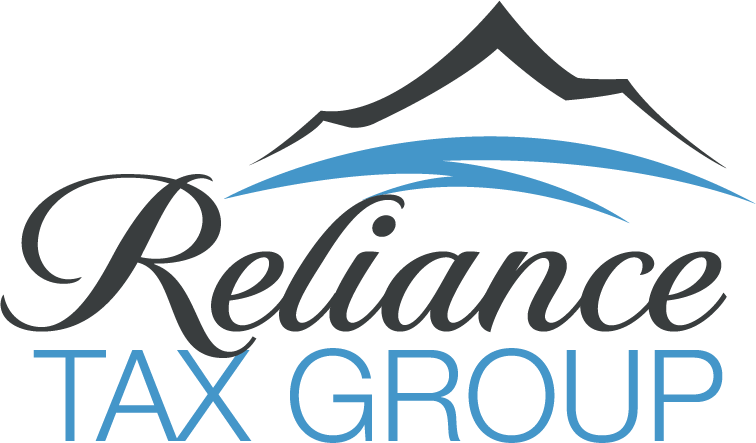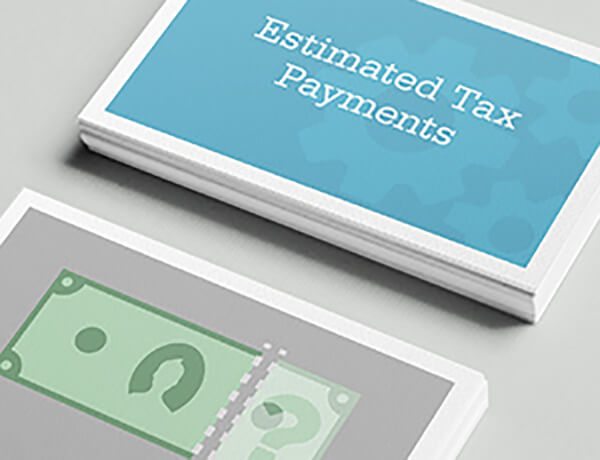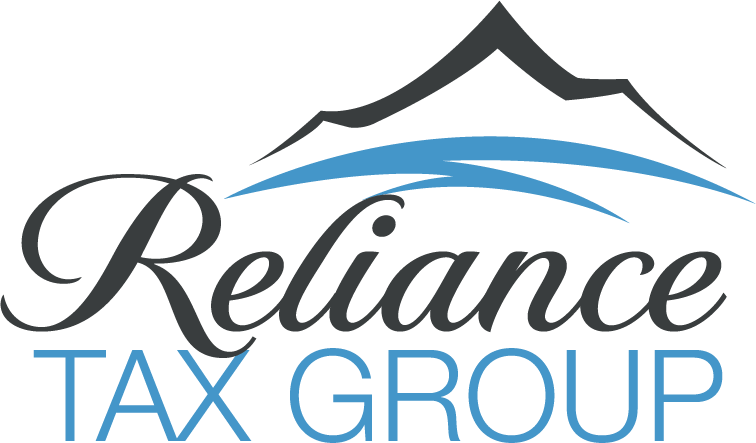What’s the deal with estimated tax deposits? If you’re self employed or own a business, you may know you need to file but don’t know how. Or, if you’re like many Americans, you may be confused whether you need to make tax deposits at all. If you’re a taxpayer that earns W-2 wages, your employer will normally withhold taxes from your paycheck and therefore, do not have to worry about making deposits. If you’re self employed, you will normally have to make deposits. Use the following 5 tips to help you.
- When the tax applies – Taxpayers should pay estimated taxes if they expect to owe at least $1,000 in tax for 2017 after subtracting their withholding and refundable credits. Special rules apply to farmers and fishermen.
- How to figure the tax – Taxpayers need to estimate the amount of income they expect to receive for the year. Taxpayers also need to make sure they take into account any tax deductions and credits that they will be eligible to claim. Use Form 1040-ES, Estimated Tax for Individuals, to figure and pay any estimated tax.
- When to make payments – Taxpayers normally make estimated tax payments four times a year. The dates that apply to most people for 2017 are April 18, June 15 and Sept. 15. There is one last payment on Jan. 16, 2018.
- When to change tax payments or withholding – Major life changes like the birth of a child can affect taxes. When these changes happen, taxpayers should consider revising their tax estimates & payments for the year. If the taxpayer is an employee, they may need to change the amount of tax withheld from their pay. If this is the case, the taxpayer should give their employer a new Form W–4, Employee’s Withholding Allowance Certificate. Anyone can use the IRS Withholding Calculator tool at IRS.gov to complete the form.
- How to pay tax estimates – Taxpayers have a variety of ways available to them to pay estimated tax. They can pay online, by phone or from their mobile device. Direct Pay is a secure online service to pay a tax bill or pay estimated tax directly from a checking or savings account at no cost. Visit IRS.gov/payments for easy and secure ways to pay taxes. Paying by mail is another option. If a taxpayer pays estimated tax through the mail, they should use the payment vouchers that come with Form 1040-ES.
Additional IRS Resources:
- Publication 505, Tax Withholding and Estimated Tax
- Estimated Taxes & Deposits– frequently asked Q & As
- Tax Topic 306 – Penalty for Underpayment of Estimated Tax
IRS YouTube Videos:










